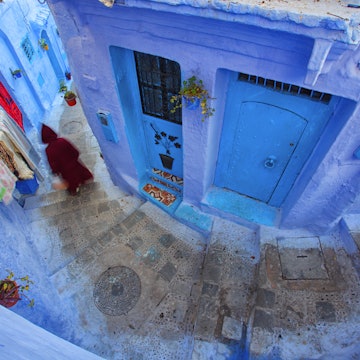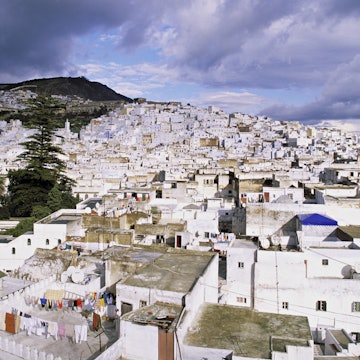
Overview
The Rif is the most northerly of Morocco's mountain chains. There are some good hikes to be had in the region from the most popular town for tourists, Chefchaouen, with its pastel blue medina. An alternative base in the Rif is Tetouan, which has some fine Spanish colonial architecture.
Meet your new travel partner
Stay connected in Rif Mountains
Unlimited data while you travel with Holafly eSIM. Use code LONELYPLANET for an exclusive discount.
Must-see attractions
Get a book. Get inspired. Get exploring.
in partnership with getyourguide













